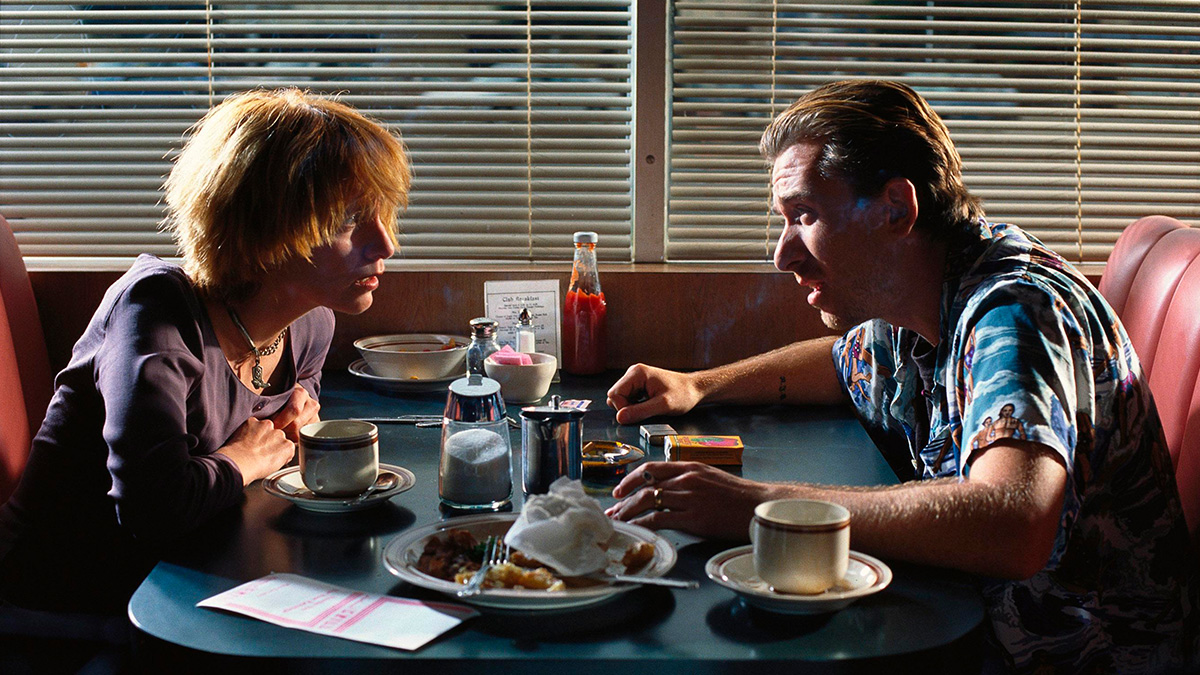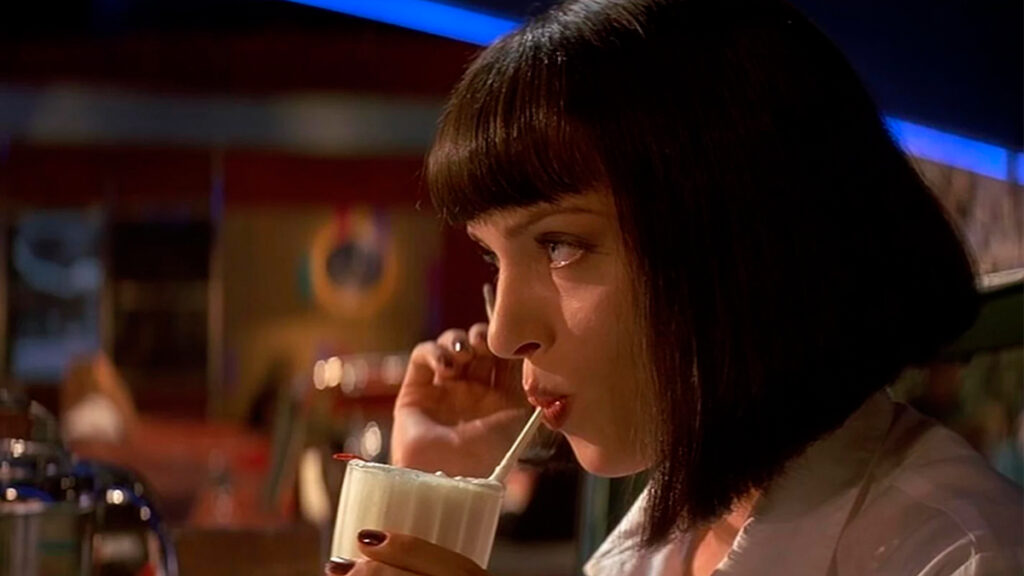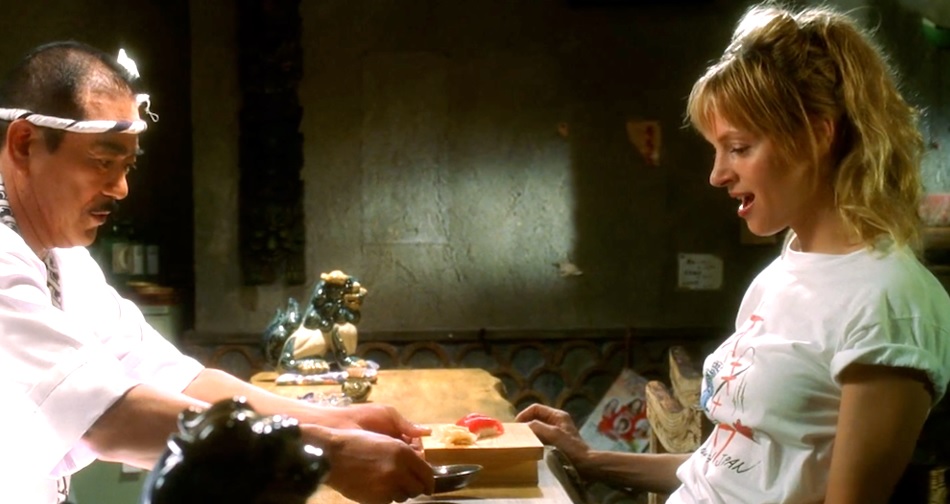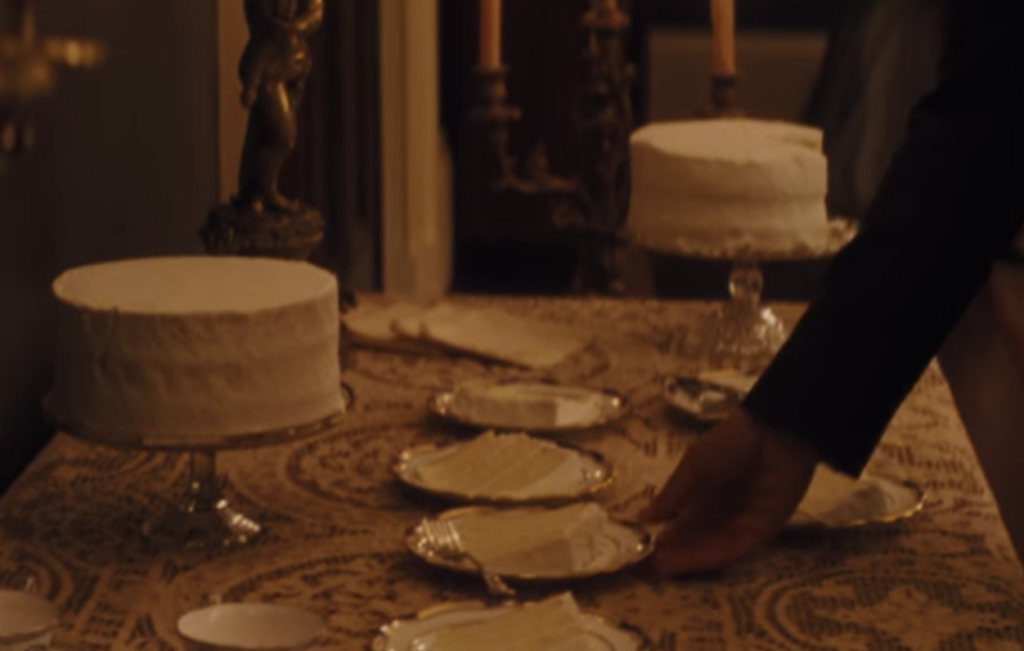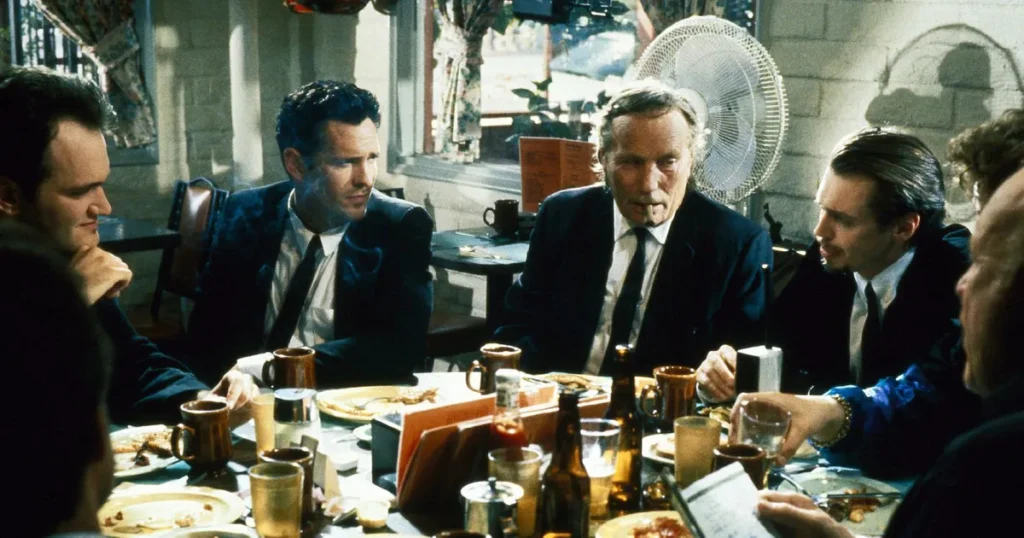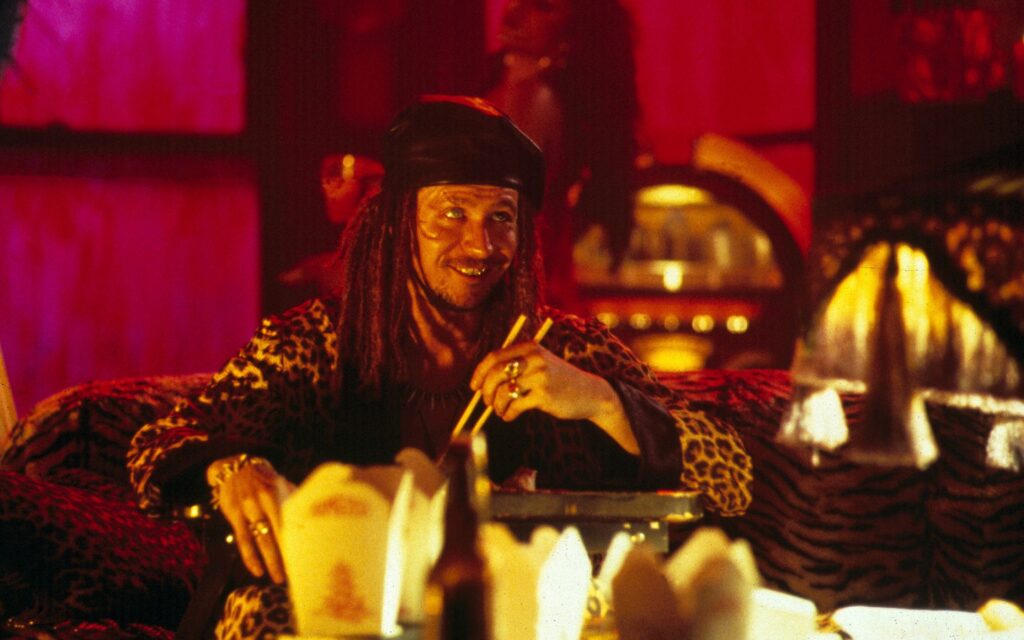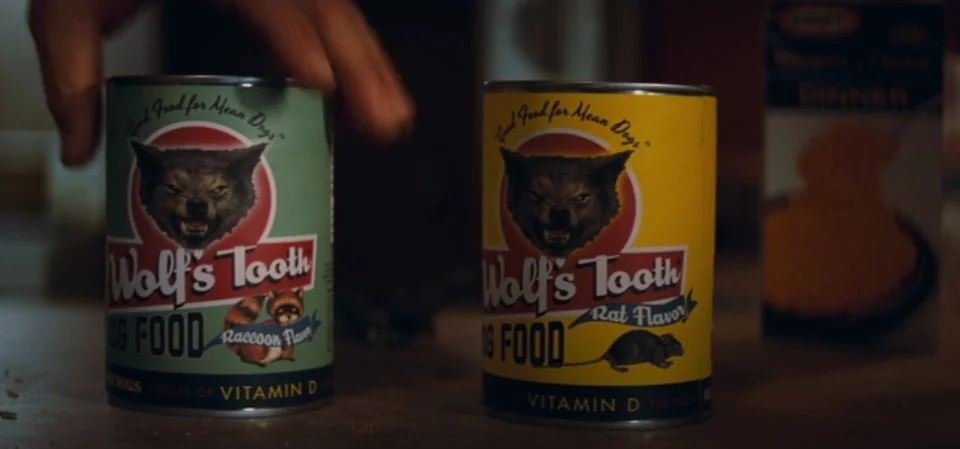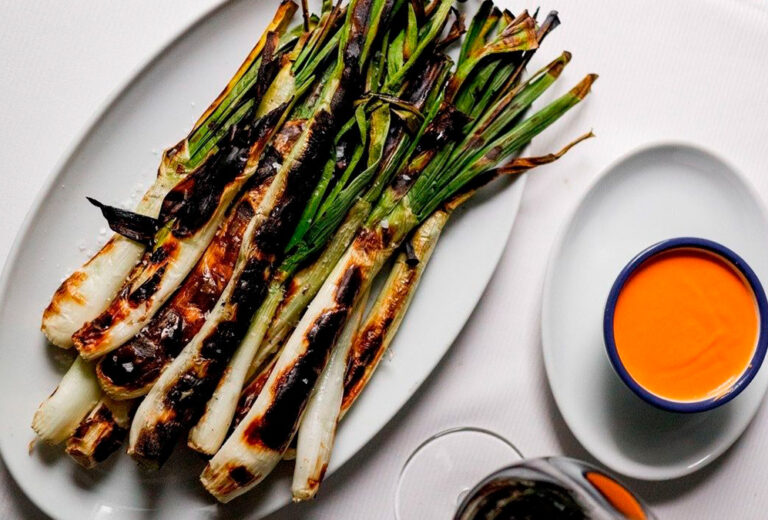Click here to read the Spanish version.
Food becomes a powerful means of expression in Tarantino’s films, full of symbolism that intensifies the plot and elevates the narrative of his audiovisual projects.
From Reservoir Dogs to Pulp Fiction, Kill Bill or Django Unchained: the filmmaker’s work is full of gastronomic scenes that range from breakfasts in cafés prior to a heist to intimidating desserts in a French restaurant occupied by the Nazis.
Pulp Fiction
The infinite love of this cult classic for junk food beats from beginning to end. Pulp Fiction, beyond serving a decadent buffet of illegal substances, does so with huge quantities of fast food, which gives a glimpse of its great obsession with it, and helps us to better understand the audiovisual piece.
All these elaborations reinterpreted a posteriori in all scenarios, both in the real and the fictional world, whether in restaurants or in viral recipes on the internet, include everything from the Big Kahuna Hawaiian cheeseburger or the American $5 milkshake to pancakes with bacon, Lance’s Fruit Brute cereal bowls or greasy roadside cafeteria dishes. All of them hide behind a shared metaphor about what we eat, about fast (and unprocessed) consumption, and about everything that is considered junk.
One of the sequences etched in the collective memory is, of course, the one in which Vince takes Mia, Marsellus Wallace’s wife, to dinner at Jack Rabbit Slim’s restaurant. An iconic place set in the 1950s where they order a succulent fast food feast: a steak, a hamburger and a $5 milkshake.
Kill Bill
In Kill Bill: Vol. 1, Tarantino often uses food to set the desired scene. As in the bride’s introduction to Hattori Hanzo, who prepares sushi for his bride, and in doing so, introduces the bride and the audience to the customs of Japanese cuisine.
This sequence also hides a symbolism: when the bride asks him for sake, it immediately generates his respect in order to make way for asking for something bigger.
If we move on to Kill Bill: Vol. 2, you can see how the bride is pushed to the limit, and Tarantino emphasises that feeling through food. The climax of his exaggerated training montage between Pai Mei and the Bride is reduced to a simple meal.
Django Unchained
Gastronomy within Django‘s universe of action and bondage is depicted between scenes of tension, such as the one that focuses on Calvin’s white cake, delicious but set against the backdrop of a horrible act; as something beautiful wrapped in a decadent context.
Meanwhile, Calvin’s fine dining indicates his elevated status and power over his opponent, carrying out this act in a carefree manner, without a care in the world.
Reservoir Dogs
The menu in Reservoir Dogs is much shorter than in Tarantino’s other films, but still plays an important role.
Mr. Orange and Holdaway eat late in a diner. An act that speaks to the character’s character, how desperate eating in the middle of the night indicates Holdaway, as he pours an entire bottle of ketchup: something that communicates his immoderate attitude.
True Romance
Tarantino’s foodie philia returns in this 1990s film, which serves up a smorgasbord of scenes, such as the introduction of Gary Oldman’s Drexl, the Clarence, Alabama mistress’s pimp in which they sample Chinese food, as an offering that reflects domination rather than interest.
When Clarence refuses food, both characters interpret this as a sign of aggression and confrontation between the two. Here, refusing food becomes an act of weakness.
Once Upon a Time in Hollywood
In this film set in 1960s Hollywood, Cliff prepares dinner for his beloved dog Brandy, who has an entire cupboard dedicated to her food. Cliff prepares an overflowing plate for his pet, and we see how well-trained his canine friend is as Brandy waits for Cliff to finish preparing his own meal.
Cliff’s dinner is what you would expect from a hungry teenager: a pot of macaroni and cheese… eaten out of the pot. It is a meal that represents Cliff’s lifestyle as a whole: this is someone with arrested development. The two then devour their respective dinners simultaneously, also reflecting the similarities they share.

